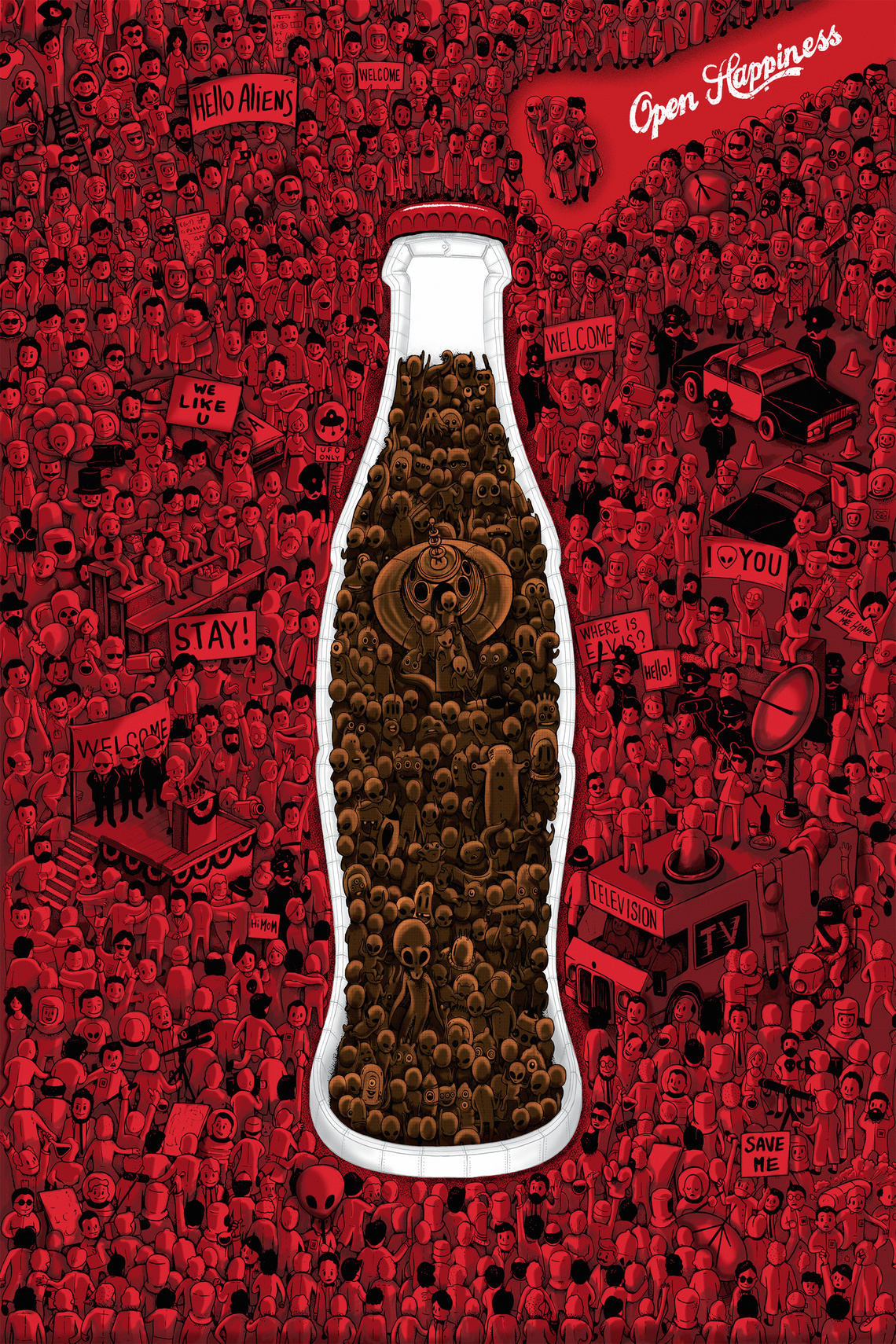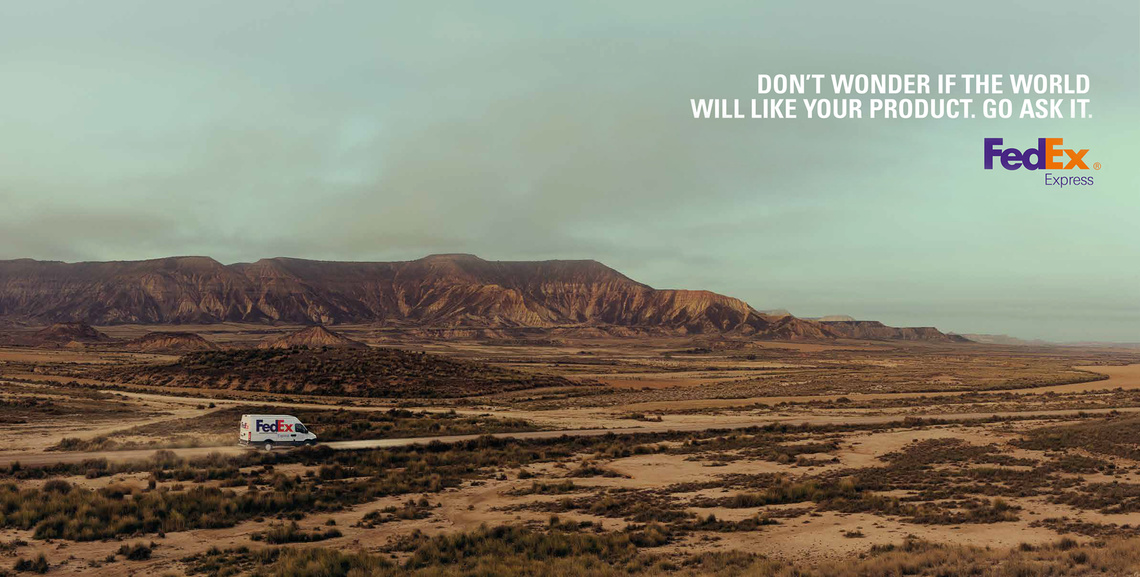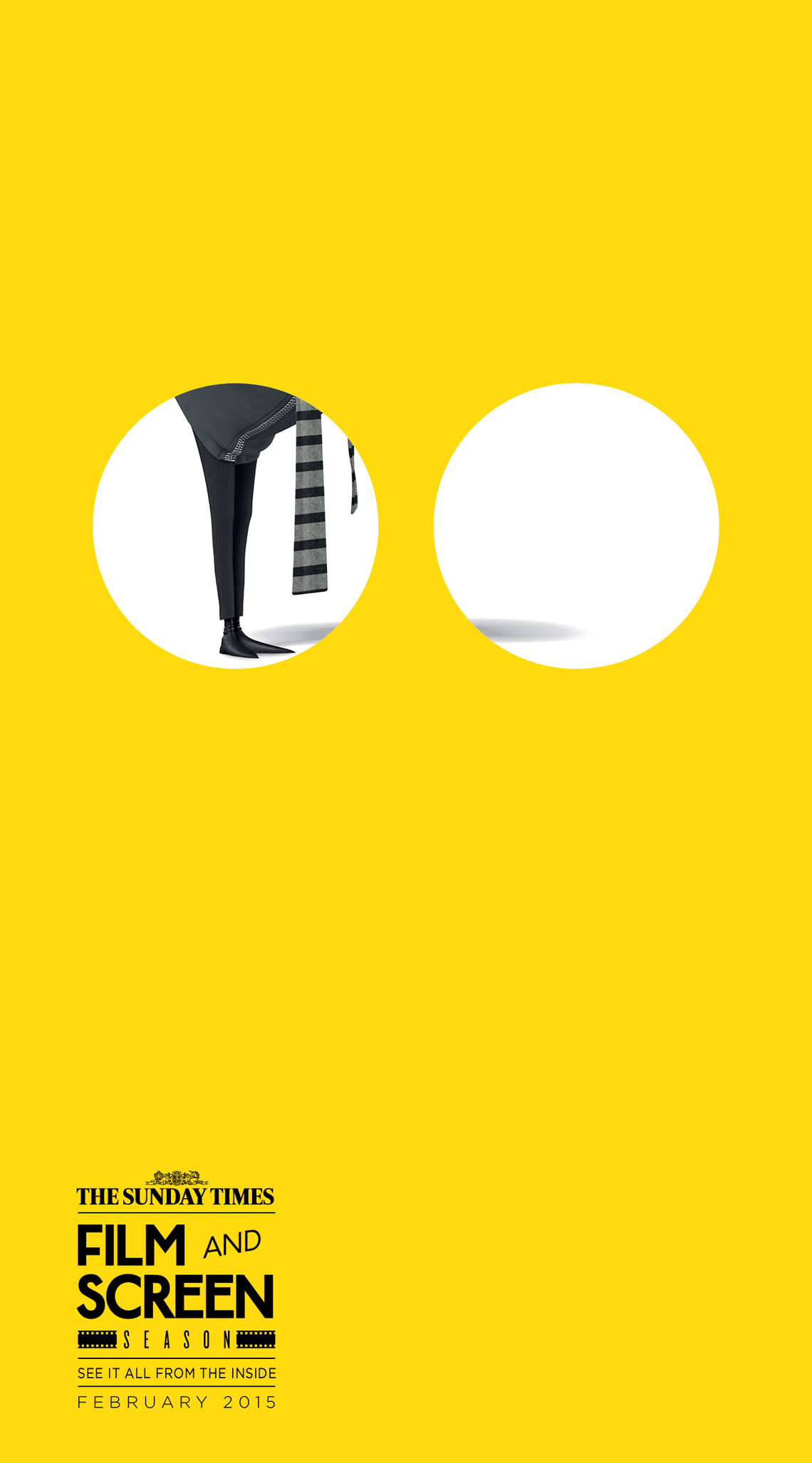Harry Pearce is one of the experts who assisted us in putting together the selection of work you’re about to see.
It’s all about the simplicity, directness, and detail.
Harry Pearce, Partner at Pentagram, the world’s largest independent design consultancy with studios in London, New York, San Francisco, Berlin, and Austin, was one of the advisors who helped put together this compilation of the world’s best recently produced packaging design. Pentagram, which designs everything from architecture, interiors, products, identities, publications, posters, books, exhibitions, websites, and digital installations, is owned and run by 19 partners, a group of friends who are all leaders in their respective creative fields.
Harry joined Pentagram’s London office as a partner in 2006, having co-founded and grown Lippa Pearce to become one of the UK’s most respected design agencies over the previous 16 years. His very diverse list of clients includes The Co-operative, Halfords, Phaidon Press, the Science Museum, Saks Fifth Avenue, Shakespeare’s Globe, and Boots. In the interview that follows, Michael Weinzettl chats to Harry Pearce about Pentagram, his long career, and his ideas about good packaging design.
Is there a certain design philosophy that Pentagram stands for?
The design philosophy at Pentagram is that there isn’t one. We’re a group of 19 partners and friends who put the same level of quality, attention to detail and care into each project we take on. We aren’t led by trends, and are always collaborative. Put simply, we’re an independent and multidisciplinary design collective.
How did you start out as a designer? What is your background? If I’m not mistaken, you must have started, or gone to art school, back in the 1980s …
Actually, it all began with Saturday morning drawing lessons from a wonderful old artist in a little West Country village at the age of eight; it continued with Dannie Drinkwater, a brilliant art teacher at my school, then an Art foundation course at Cheltenham College of Art in 1979, followed by a degree in Graphic Design at Canterbury College of Art, 1980-83.
Can you recall one or several pieces of packaging design that really impressed you when you were starting out in this field, or perhaps certain designers that you much admired?
Early on, I saw Paul Schuitema’s “Olie” packaging from 1929. It’s pure typography and, quite honestly, no packaging has surpassed it in my mind. My career has never really been about purely packaging design, however. I’ve ended up designing a great deal. I’ve always tackled packaging the same way, by trying to imagine it as a 3D poster. It’s all about the simplicity, directness, and detail.
I saw a stunning poster for the Alan Jones exhibition at the Royal Academy of Arts last year. Three years ago, you also created a new design system for them. How much of your time is spent on packaging design projects, and how much on the many other projects Pentagram do? It says on your website that you design “everything: architecture, interiors, products, identities, publications, posters, books, exhibitions, websites, and digital installations.”
Packaging is a tiny part of my work. Most of my time is spent on identity projects, art projects, human rights projects, and environmental graphics. I’m fascinated by variety and new subjects to work with. I also take, and use, an ever increasing amount of photography in my work. I recently shot a series of portraits of Ai Weiwei in Beijing, for instance. This is as important as my passion for typography in my process.
When I looked at the first of our occasional sorties into the area of packaging design, the Archive packaging design volume that came out in 1999, I noticed that a lot of the work in there still holds up; you could easily find great packaging like that on the shelves today. Which gave me the impression that packaging design is, perhaps, not quite as ephemeral a craft, not as dependent on fashions and trends as other design disciplines? Or am I totally wrong?
Some packaging still remains and holds its quality, for sure, but I think here, as in many places in the graphic design world, it’s ever more transient. After 33 years in this industry, I feel that greatly. This shouldn’t be discouraging, though, as each tiny piece that’s wonderful, elevating, and sensitively executed stands up and has dignity, even if it’s fleeting.
Before you joined Pentagram’s London office as a Partner in 2006, you had already co-founded Lippa Pearce in 1990 and grown it to become one of the most respected design firms in the UK. So you have witnessed at least a quarter century of – not only, of course – packaging design. What have been some of the major changes in packaging since you first started out?
Back in the early 80s, there was a wonderful maturing of own brand packaging. The retail brands began to bring real design rigour and quality to their ranges. It was highly successful in terms of sales as well, and I have seen this grow over the years to be a really powerful force in packaging design. It even affected the brand packaging designs, which are so often crude in their typography and design style and now, in some small pockets, are improving. I still see some awful packaging design work however, claiming, because of an increase in sales to be effective design. Sadly that is not enough. The work has to put something of design excellence into the world too. Our remit as designers must be to enrich our culture and craft, it cannot just be about sales.
What, to you, is good packaging design? What does good packaging design have to achieve?
Truth, clarity, emotion, and craft.
With such a long career, it’s probably not an easy question to answer but what are some of the packaging design projects you’ve worked on that you’re proudest of? Which do you look back on with particularly fond memories?
My early years with Waitrose, Boots, and Halfords were really satisfying times. I had clients who really understood the nuances of good design. There was a great sense of trust and willingness to experiment with the approach to their packaging. I am currently working with John Lewis and Berry Bros. & Rudd, who both have great design sensitivity, and we collaboratively are hunting for excellence. Even after all this time, I still enjoy the occasional foray into packaging.
Do you remember any products that turned out to be particularly challenging for your designers, at Pentagram or at Lippa Pearce?
It never came easily; it was always hard work. Looking back, I can now seen the care and energy that was put into everything, and it paid off. The challenge is to never let go of the pursuit of quality, whether that be typographic, layout, language, imagery, or materials. Packaging has so many different processes to go through to get made and end up on shelves in stores. The design is challenged from every angle, and that still remains.
What qualities do you look for in a designer?
Intuition. Craft. Tenacity. Clarity of thought. And a smile.
Is this a good time for a newcomer to enter the field of packaging design? And what advice would you give those starting out?
I see plenty of scope for making great work, but I would advise not to just focus on being a “packaging designer.” I’m sure it is far better to stay broad in discipline. That will result in more interesting work and make it more refreshing.
If you could cooperate with any designer, living or dead, who would that be?
This is almost impossible to answer. I look around and I see a world of wonderful designers of such diversity, so many I admire I cannot begin to make a list. At present I am collaborating with Karel Martens in Holland. We are creating a five story graphic instillation in a London hospital. He is wonderfully inspirational and generous. I’ll always seek to collaborate.
How do you get the inspiration for your work?
Being open, and willing to let ideas just find me. We are surrounded by every answer we need; it’s all just about flow.
What feeds your inspiration?
The dream of the impossibility of indifference.

















